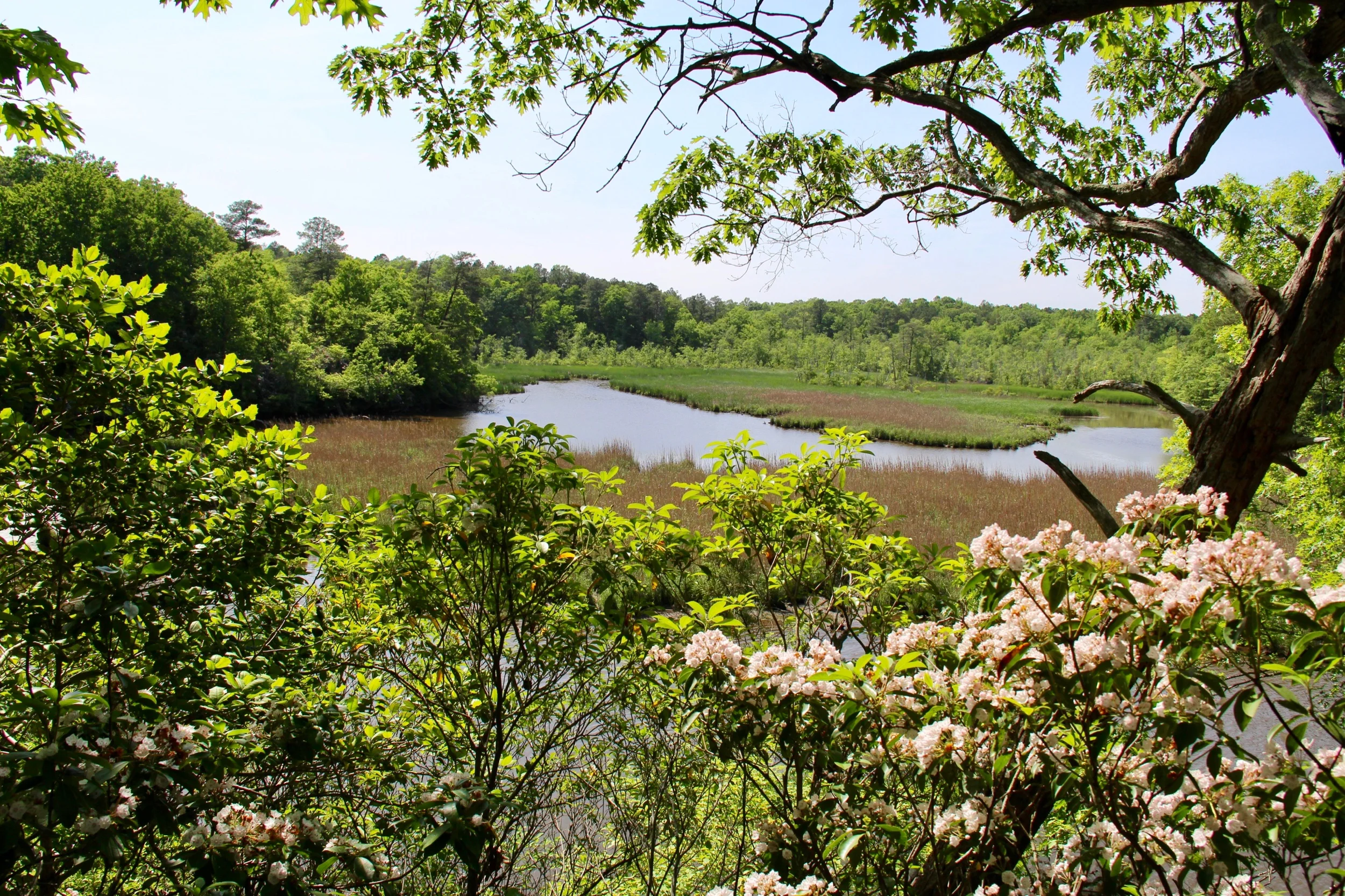Congratulations to Susan Bossie for winning third place in the VMN in Action category in VMN state wide 2019 photo contest.
NNMN Photo Contest 2019 Results
Interesting links found by our members
From Jeff Wright:
Hailstorm in Montana kills or maims at least 11,000 birds
An interesting short piece from Time on the death of a glacier in Iceland. Officials and Climate Change Activists Hold Funeral for Okjokull Glacier in Iceland
Below is a link to an article and photo essay from today’s National Geographic Sunday Stills #164 Our favorite candid photographs of wild animals—taken via camera trap. Camera trap technology has given scientists an unparalleled look into the secret lives of wildlife. The photo essay is by Ruth Manek.
The Endangered Species Act is the subject for the lead editorial in today’s (Sunday 18 Aug) New York Times.
https://www.nytimes.com/2019/08/17/opinion/endangered-species-act-trump.html
Below is a link to an excellent article in Today’s Washington Post titled Extreme Climate Change is Here: Parts of the U.S. have already crossed a critical warming threshold.
The front page and above the fold article was written by Steven Munson, Chris Mooney, Juliet Eilperin and John Muyskens. Photos are by Salwan Georges.
https://www.washingtonpost.com/graphics/2019/national/climate-environment/climate-change-america/
Recommend the interactive climate maps by county and analysis of the issue in some cases by state or region.
From Jane Henley:
new study about effects of pesticides on pollinators
DiBartolomeis, M., et al. (2019). "An assessment of acute insecticide toxicity loading (AITL) of chemical pesticides used on agricultural land in the United States." PLoS ONE 14(8): e0220029.
We present a method for calculating the Acute Insecticide Toxicity Loading (AITL) on US agricultural lands and surrounding areas and an assessment of the changes in AITL from 1992 through 2014. The AITL method accounts for the total mass of insecticides used in the US, acute toxicity to insects using honey bee contact and oral LD50 as reference values for arthropod toxicity, and the environmental persistence of the pesticides. This screening analysis shows that the types of synthetic insecticides applied to agricultural lands have fundamentally shifted over the last two decades from predominantly organophosphorus and N-methyl carbamate pesticides to a mix dominated by neonicotinoids and pyrethroids. The neonicotinoids are generally applied to US agricultural land at lower application rates per acre; however, they are considerably more toxic to insects and generally persist longer in the environment. We found a 48- and 4-fold increase in AITL from 1992 to 2014 for oral and contact toxicity, respectively. Neonicotinoids are primarily responsible for this increase, representing between 61 to nearly 99 percent of the total toxicity loading in 2014. The crops most responsible for the increase in AITL are corn and soybeans, with particularly large increases in relative soybean contributions to AITL between 2010 and 2014. Oral exposures are of potentially greater concern because of the relatively higher toxicity (low LD50s) and greater likelihood of exposure from residues in pollen, nectar, guttation water, and other environmental media. Using AITL to assess oral toxicity by class of pesticide, the neonicotinoids accounted for nearly 92 percent of total AITL from 1992 to 2014. Chlorpyrifos, the fifth most widely used insecticide during this time contributed just 1.4 percent of total AITL based on oral LD50s. Although we use some simplifying assumptions, our screening analysis demonstrates an increase in pesticide toxicity loading over the past 26 years, which potentially threatens the health of honey bees and other pollinators and may contribute to declines in beneficial insect populations as well as insectivorous birds and other insect consumers.
And a National Geographic story about the article:
https://www.nationalgeographic.com/environment/2019/08/insect-apocalypse-under-way-toxic-pesticides-agriculture/
--
Dr. David W. Inouye
Professor Emeritus
Department of Biology
From Charlotte Talcott:
Here is an article featuring Lauren Cruz and the RRVNWR that ran August 17.
Results of the Inaugural N-L Butterfly Count
Nine podcasts that might be worth your while
Within the NNMN Chapter many of us listen to Podcasts. Quite a few of the podcasts we “consume” are about the natural world or things and issues that may impact the natural world.
Here is a list of nine recommended free podcasts related to the natural world that you can subscribe to for listening on a cell phone, tablet, and in some cases on a computer.
Questions and Answers related to Butterfly Counts
Butterfly count and workshop in July
VMN Statewide Photo Contest 2019
Nature’s Dangerous Decline ‘Unprecedented’ Species Extinction Rates ‘Accelerating’
This morning 6 May 2019 at 7:00AM New York Time, Noon London time, and 1:00PM Paris Time The United Nations Intergovernmental Science-Policy Platform on Biodiversity and Ecosystem Services (IPBES) released their report - Nature’s Dangerous Decline ‘Unprecedented’ Species Extinction Rates ‘Accelerating’
Birds of Prey Teach at 2019 Basic Training Class
Apps for NNMN: “Keys” on Steroids!
St Mary’s College BioBlitz
Here is an article I shared from nearby St. Mary’s College just across the Potomac from NN and their BioBlitz that they did on campus. This is real and fun learning…
Volunteers sought to participate in 2019 Virginia Breeding Bird Atlas 2 (VBBA2), NNMN Project C3V
Books of Interest: Birds of Prey of the East
This is a recently published field guide that is comprehensive and authoritative. It is classically organized for field use with extensive information on plumages, morphs, behavior, habitat, age classification, molt stage, flight, and full-page range maps. It supports field IDs and also is a reference to ID of birds in photos
Nominations for NNMN 2019 program year.
Northern Neck Master Naturalists Announce More Information Sessions for the 2019 Basic Training Course
Snake!
Master Natualists get New Recognition for Menokin Butterfly Garden
The butterfly garden is nurtured and tended by Earline Walker and Bryna Brennan.
https://menokinrubblewithacause.com/2018/09/13/its-good-to-have-friends/









